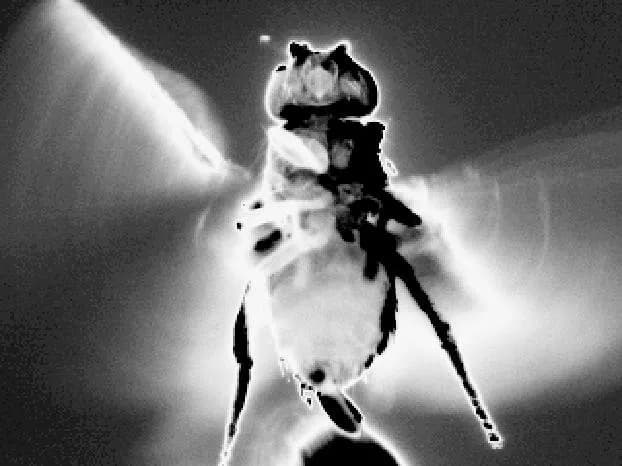
Stinky Or Fragrant? Predicting Changing Odor Preferences
Pleasant and unpleasant odors are a part of everyone's life, but how do our reactions to smells change when other odors are present? To answer this question, researchers at the RIKEN Brain Science Institute in Japan have combined experimental and modeling approaches to reveal the process through which smell preference is computed in the brain. Published in Neuron, the work shows how the activity of neurons in the olfactory processing center of theDrosophila brain can be decoded to predict behavioral responses to odors, and reveals that the relative preference of odors can flip depending on the situation.
For many animals, the sense of smell--the ability to detect and interpret chemicals in the environment--is fundamental to survival. From insects to mammals, olfaction is central to a range of behaviors, including foraging, habitat and prey location, predator avoidance, and social communication. While responding appropriately to odors requires the ability to distinguish those that are harmful from those that are beneficial, how this is achieved in the brain is an open question.
When an odor is smelled, it activates a population of small neuronal structures called glomeruli in the first olfactory center of the brain. While odor information is generally recognized to be encoded as patterns of glomerular activity across space and time, the sheer number of glomeruli--about 1,800 in mice and 5,500 in humans--is a major impediment to olfactory research.
To overcome this obstacle, Hokto Kazama and his team took advantage of the simpler olfactory system in the fruit fly Drosophila melanogaster, which is similar in function and organization to that of mammals, but contains only about 50 glomeruli. Explains Kazama, "Because of the limited number of glomeruli, we were able to use two-photon calcium imaging technology to systematically record odor-evoked activity from almost all fly glomeruli in response to a large number of odorants."
Fly behavior was monitored in a clever flight-simulator arena. In this virtual reality system, the fly's head is fixed and surrounded by an olfactory and visual landscape that is rotated in real-time in response to wing movements. The flies displayed a continuum of responses ranging from strong attraction to strong aversion--virtually flying into or away from the odor--and their judgments were made extremely quickly, sometimes in as short as 200 milliseconds.
By analyzing these behavioral and physiological data, researchers formulated a mathematical model that explains how attraction and repulsion to odorants can be computed from the activity of olfactory glomeruli. Their model suggests that each glomerulus contributes to attraction or aversion with a specific weight. Summing the transformed and weighted activity of all glomeruli not only matched the real behavioral responses to the odors used to make the model, but also accurately predicted responses to new odorants. Kazama notes that contrary to the prevalent hypothesis in the field, the results imply that this computation does not rely on a small subset of glomeruli, but likely requires most, if not all, of them.
The model also predicted that the relative preference of odors would vary, and could even switch, depending on the nature of other odorants present in the environment. The team performed a series of experiments in which the same odors were presented under different conditions, and successfully verified this prediction. Adds Kazama, "Not only does this demonstrate that even flies have the ability to adapt to their olfactory environment, it exemplifies the usefulness of our approach that combines physiological measurements with mathematical modeling of behavior and neural activity."
Because the basic function and wiring of the olfactory system are well conserved from flies to humans, the study is expected to provide a deeper understanding of the principles and mechanisms of olfactory processing in the human brain.
The above post is reprinted from materials provided by RIKEN. Note: Materials may be edited for content and length.
Disclaimer: DoveMed is not responsible for the adapted accuracy of news releases posted to DoveMed by contributing universities and institutions.
Primary Resource:
Badel, L., Ohta, K., Tsuchimoto, Y., & Kazama, H. (2016). Decoding of Context-Dependent Olfactory Behavior in Drosophila. Neuron.
Related Articles
Test Your Knowledge
Asked by users
Related Centers
Related Specialties
Related Physicians
Related Procedures
Related Resources
Join DoveHubs
and connect with fellow professionals

0 Comments
Please log in to post a comment.